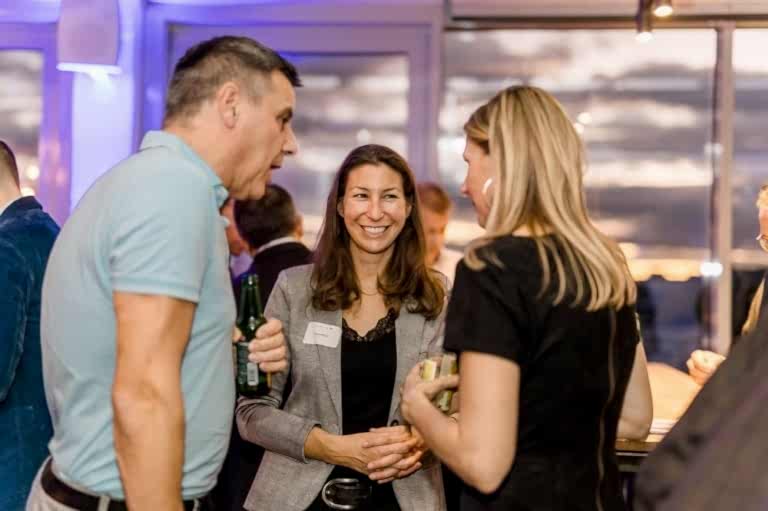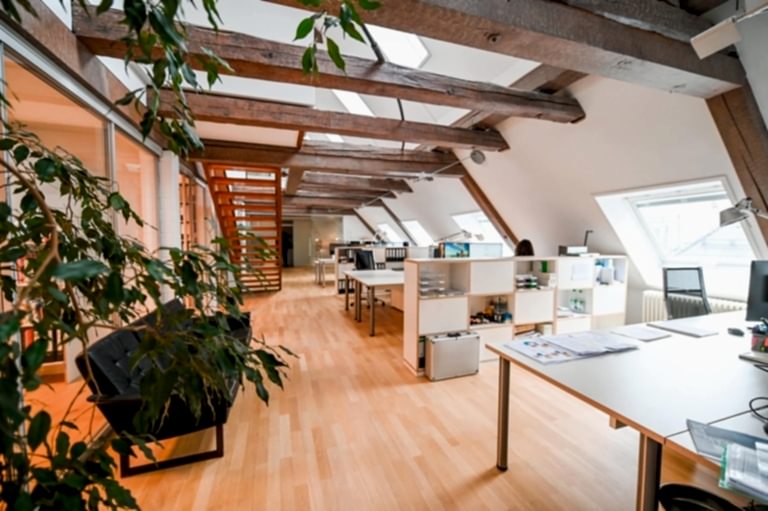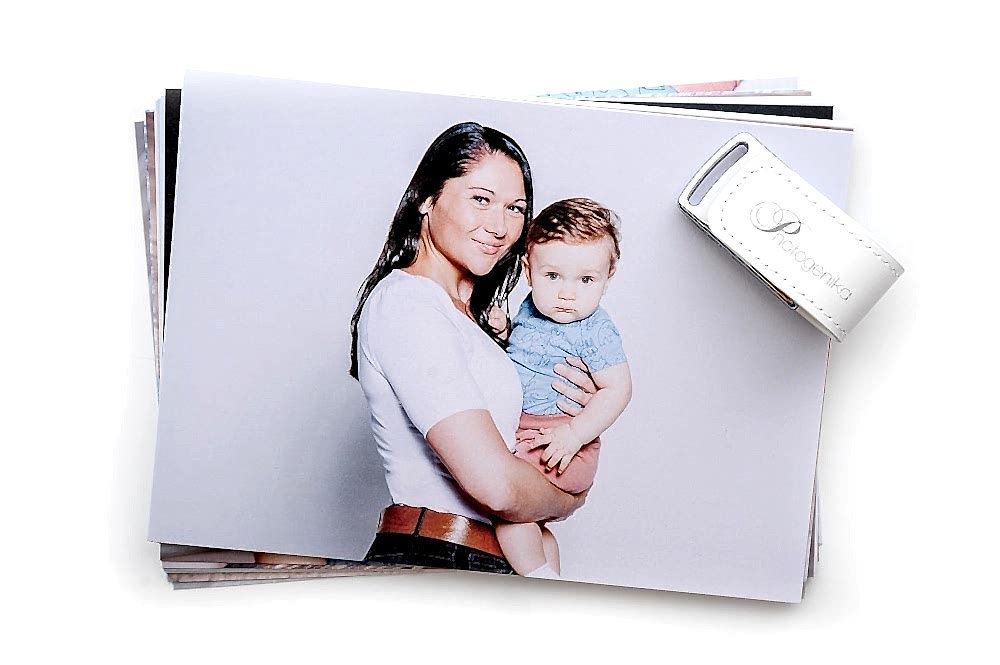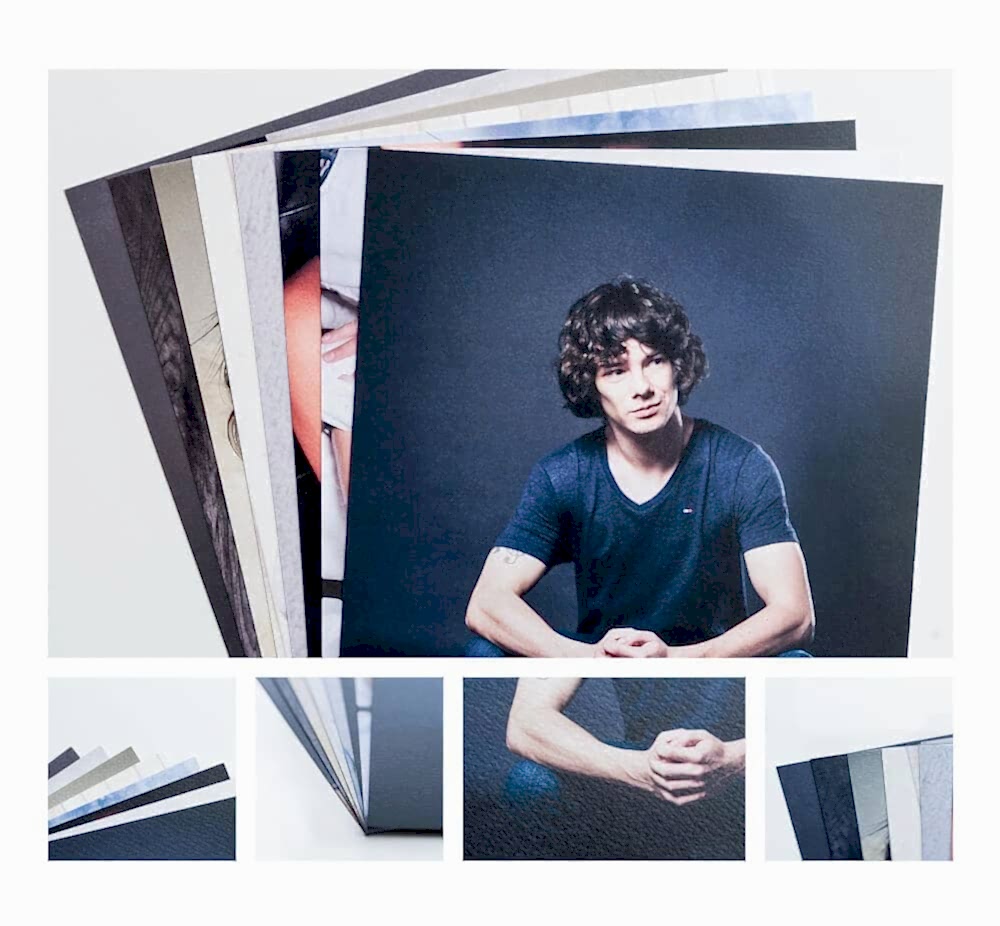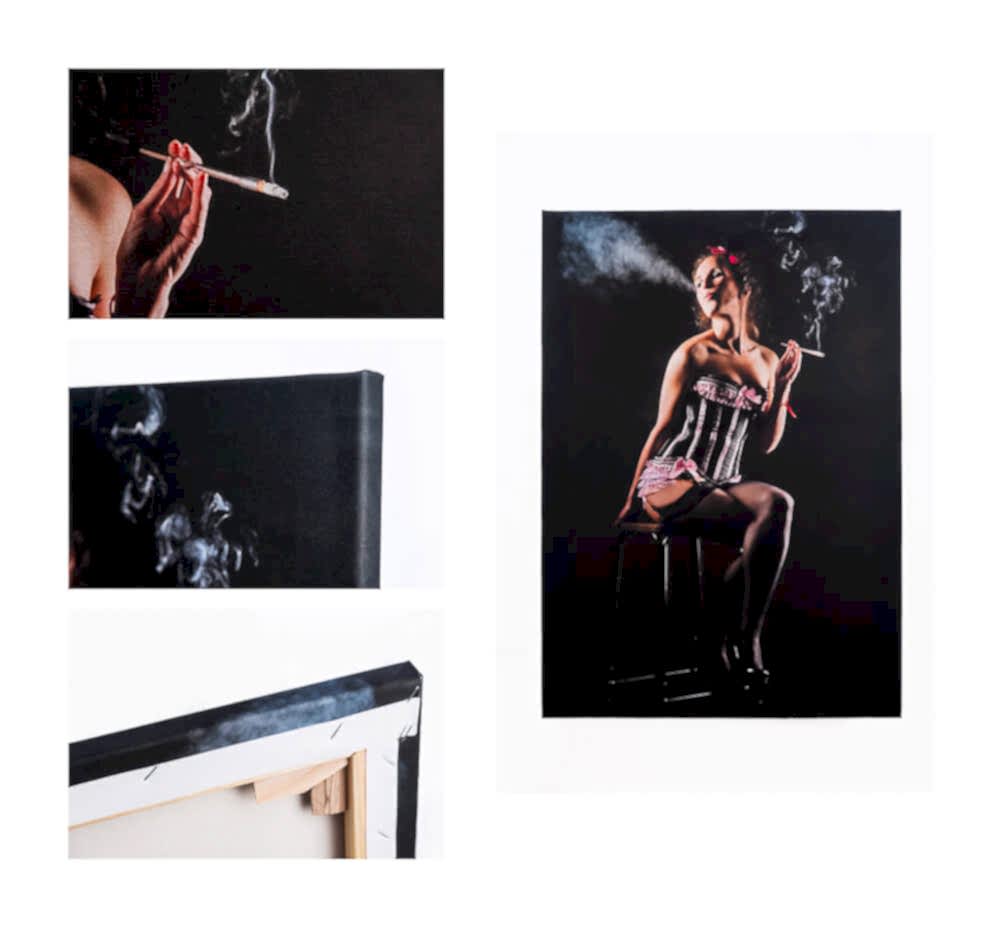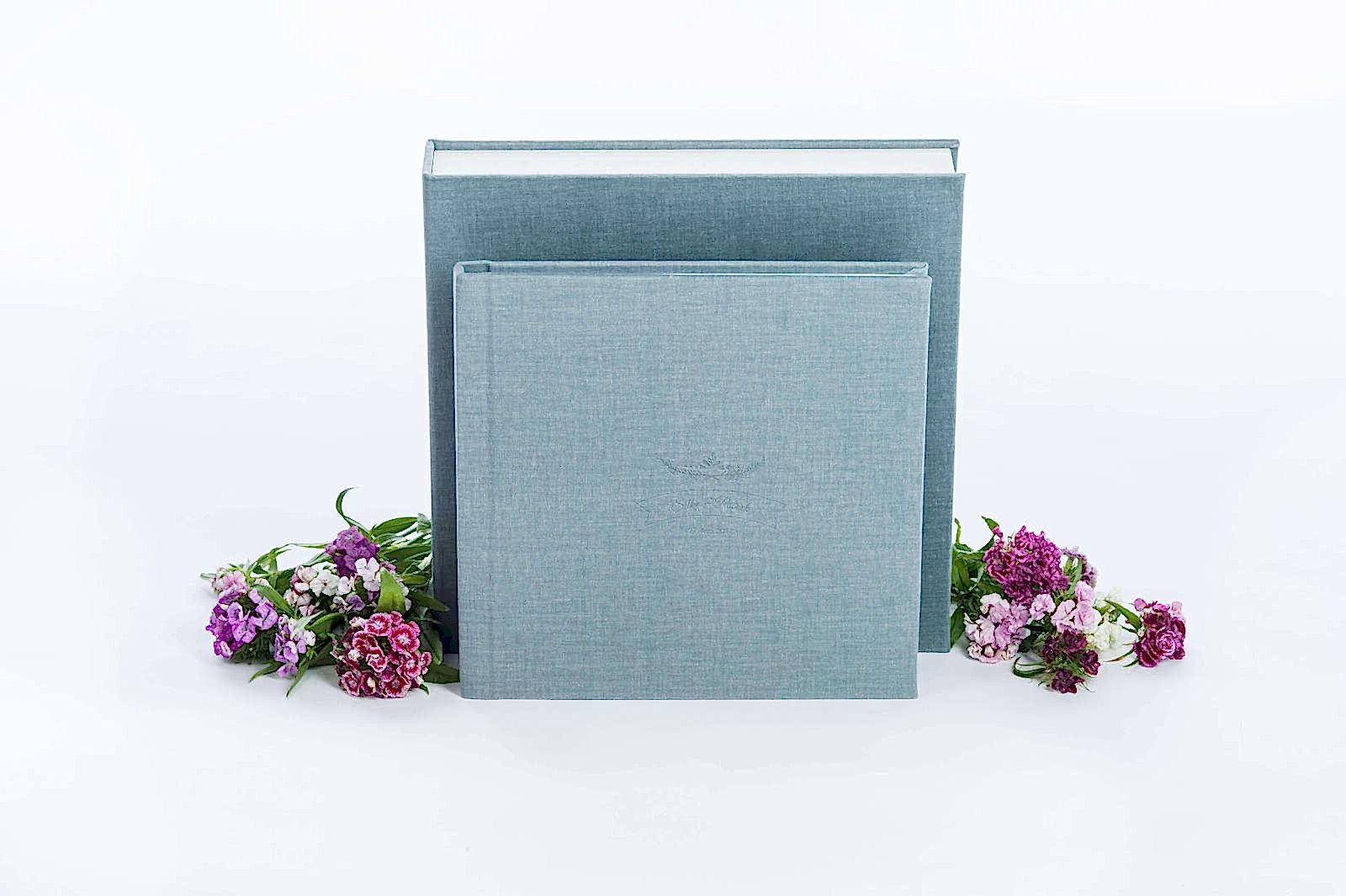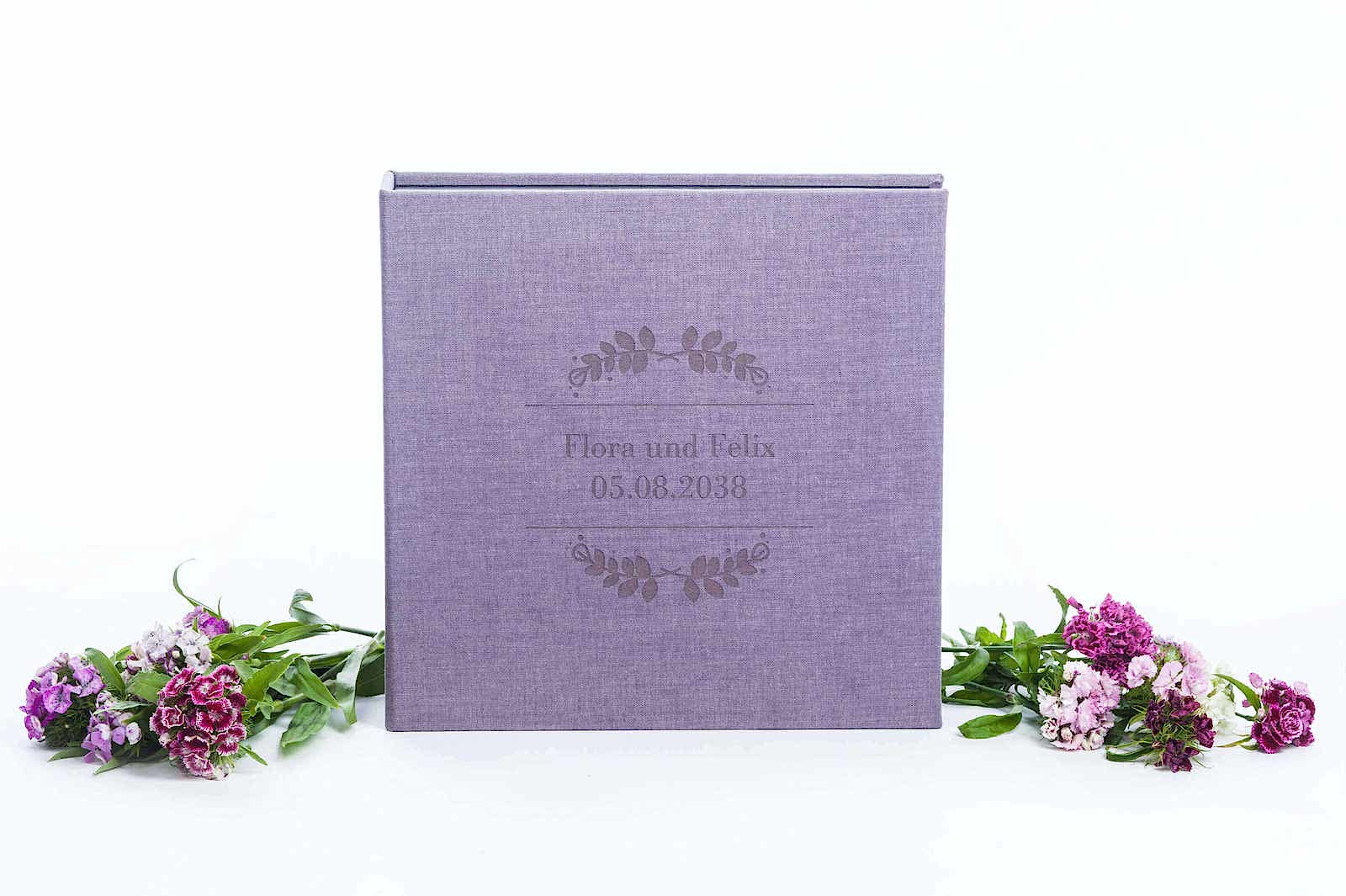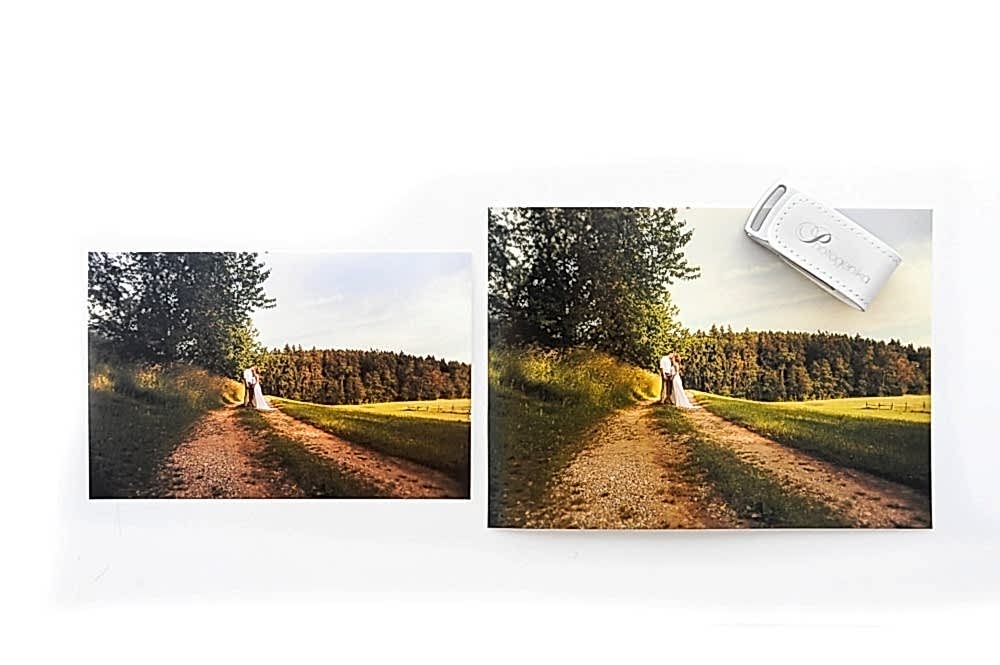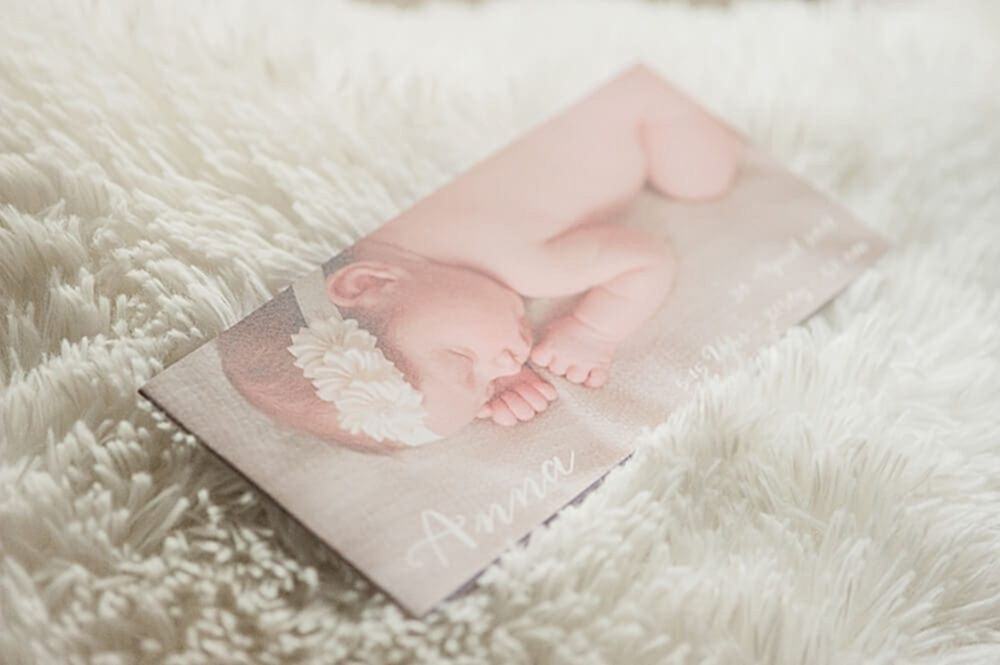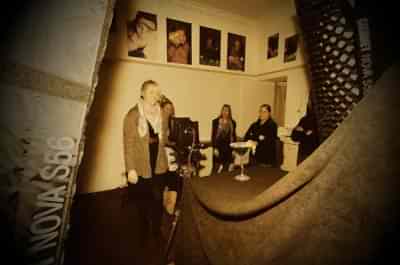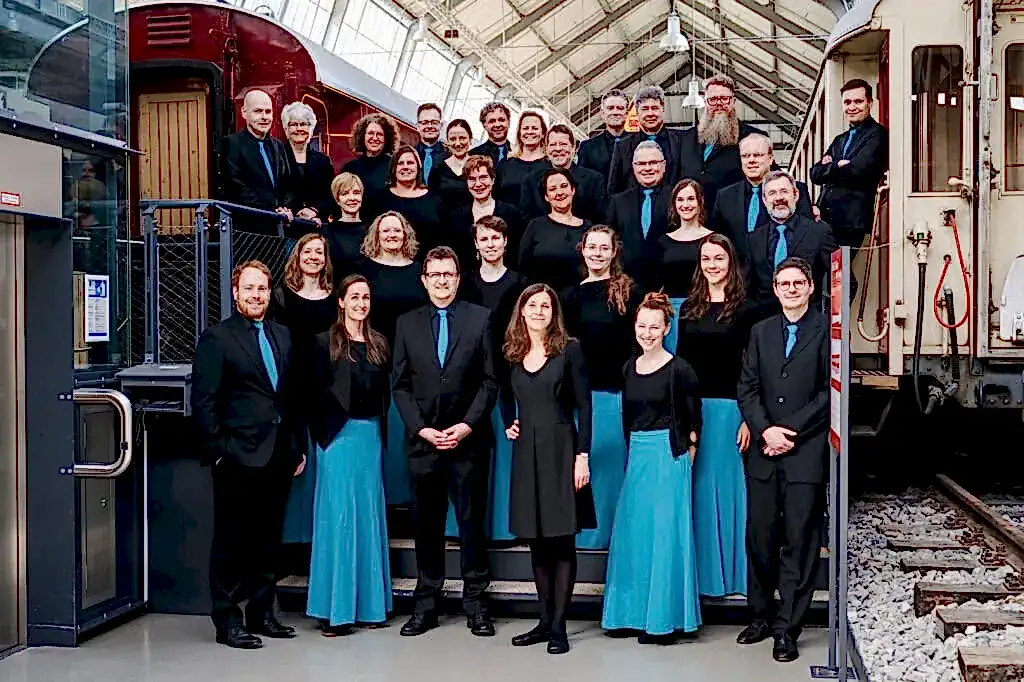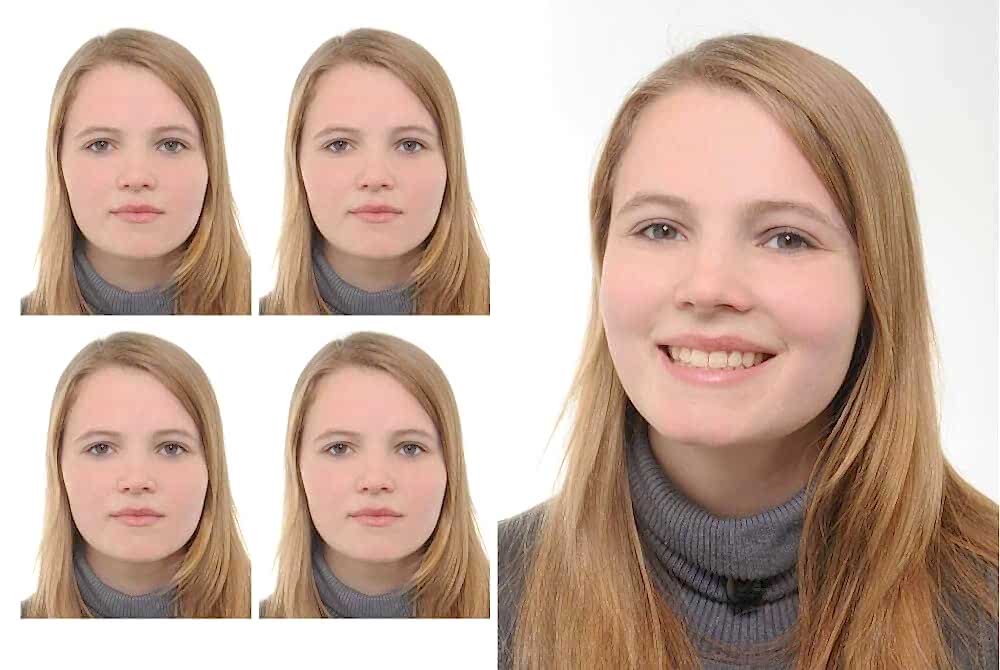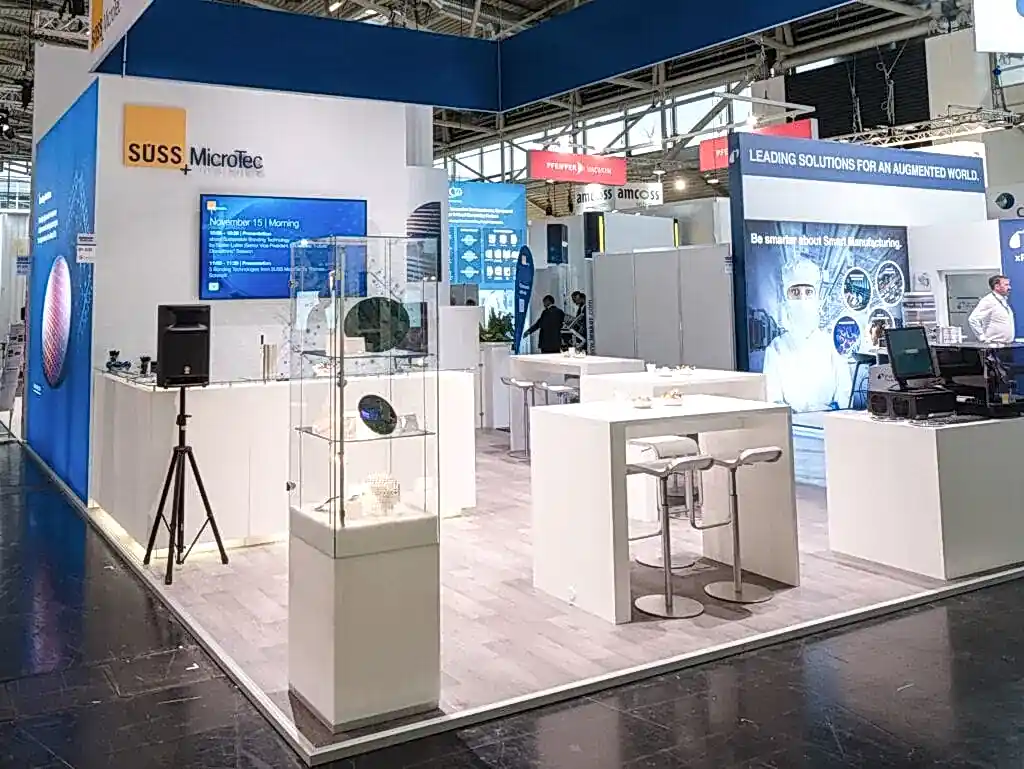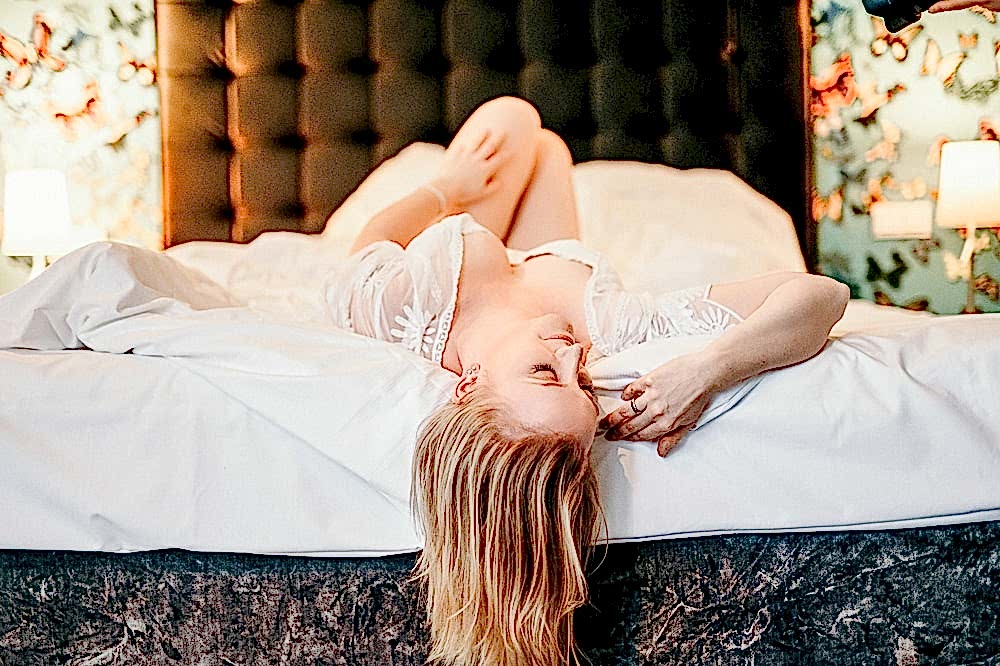Since the figure of architecture and products was not always possible in digital form, our expert for large-format cameras, Julia, taught us how it works, as well as the advantages and disadvantages of such an "old rarity" for a day in a photo training course .
In this photo seminar we learned that large format cameras are better suited for architecture and product photos than 35mm cameras because of the larger negative/slide. Another advantage of the huge and also very heavy apparatus is that falling lines can be avoided and thus a lot of post-processing time for the photographer Photoshop, for example to make house edges look straight and real, is spared.
However, this camera also has disadvantages: it often takes days to get a perfect picture - because the camera settings are very complex. It is therefore a matter of millimeters of work, since time, aperture, depth of field, perspective and height have to be set analogously. One feels transported to a time when, instead of a small memory card, there was still a screen "covered" with sheet film, and as soon as you pressed the shutter button, instead of a brief flash of the lamps and a soft click, you experienced a small magnesium explosion with a lot smoke and you had to develop the desired image in the darkroom instead of dragging the images to the PC and editing them. That means: it has to be worked very precisely, the smallest mistakes would be visible on the picture and the whole work would be literally for naught.
After this photo training for which we a Sinar-Large format camera from calumet I think we were all a little relieved to live in the age of highly developed digital photo technology, as it makes some work steps much easier. Nevertheless, it was a very interesting, exciting experience to gain an insight into the time before digital photography and we thank our dear Julia for her effort and patience.
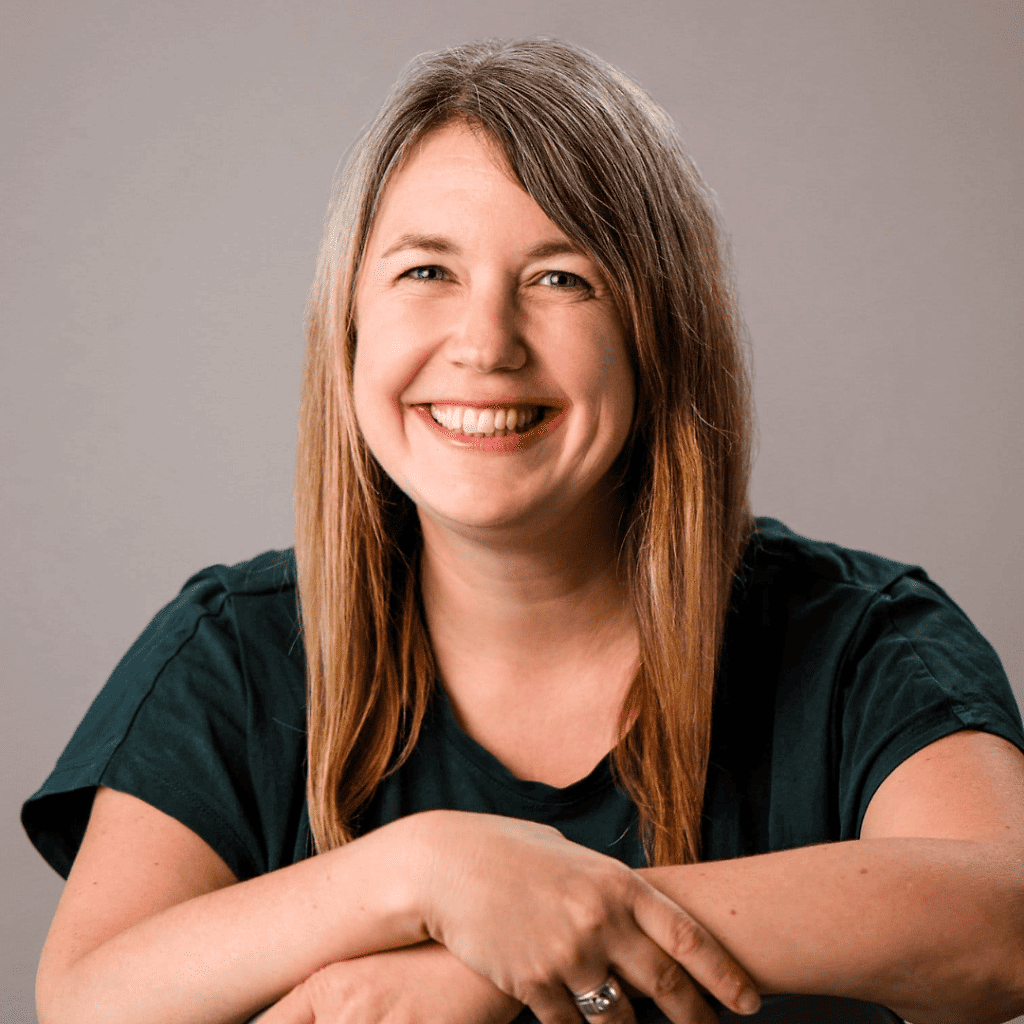
Book an appointment now.
Book an appointment for your photo shoot now. Whether you need quick passport photos, magical family photos or an extensive wedding – we are happy to help you.
Yours, Tina Rieger-Gudehus
Latest Posts
New Dimensions of Choir Photography: Creating Impressive Choir Images
As part of the team at Photogenika, a photo studio in Munich, I recently accompanied an extraordinary…
E-passport photos: safe and convenient
From mid-2025, e-passport photos will be required to apply for identity cards and passports. Use…
Trade fair photography: How to make your exhibition stands visible
Are you looking for a photographer for your exhibition stand? Find out more about our professional trade fair photography…

